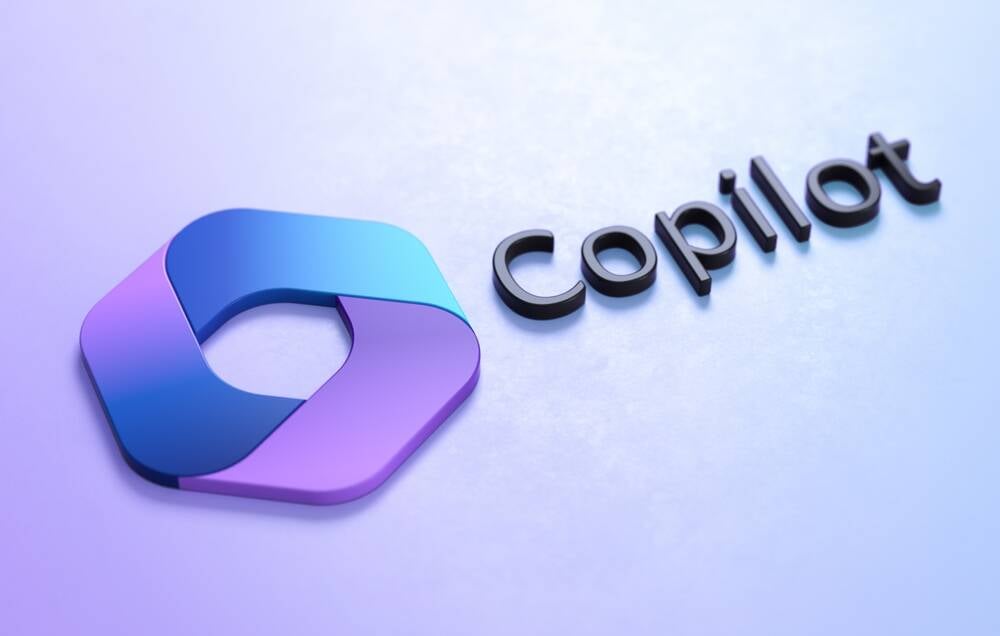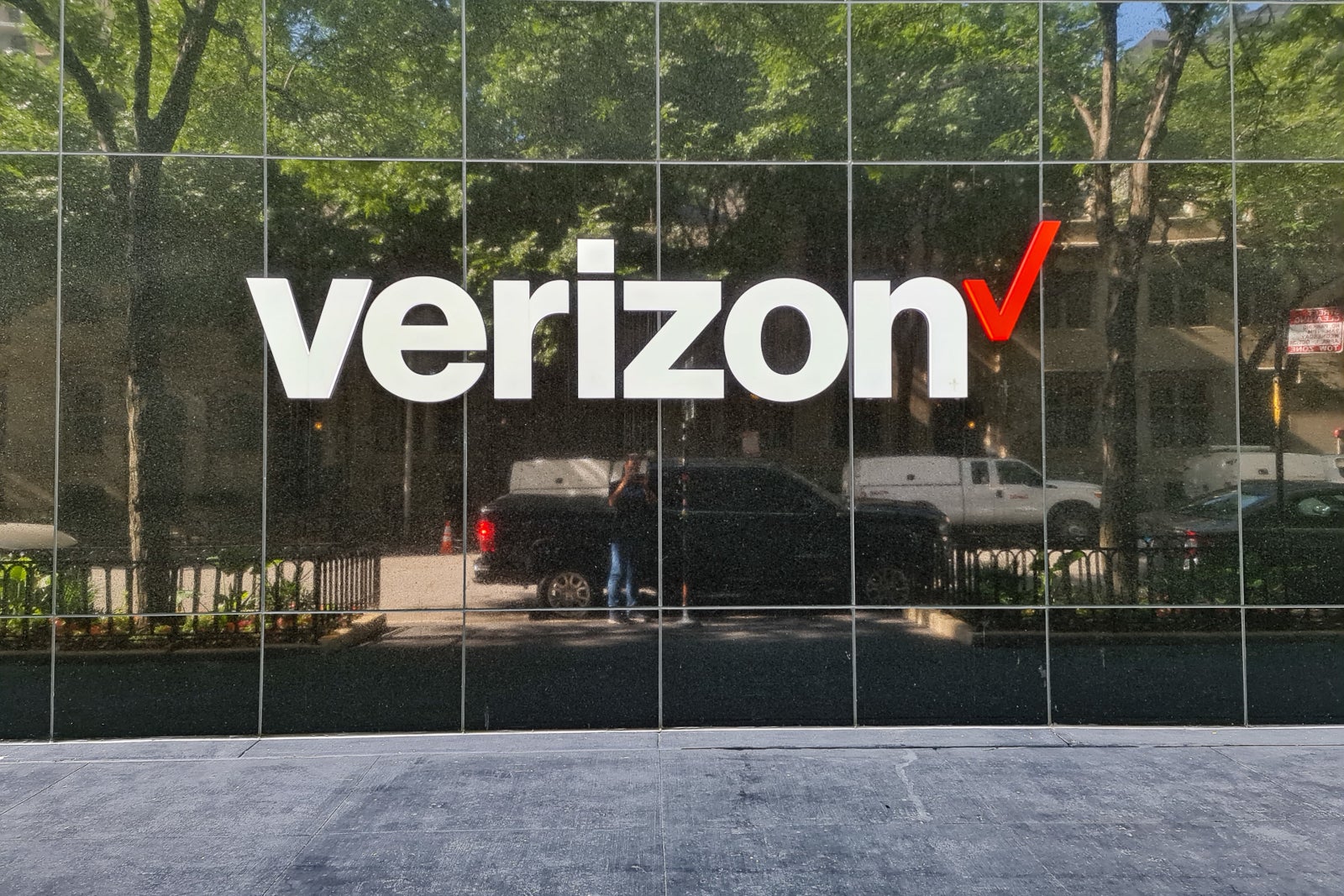What Steve Jobs can teach us about rebranding
The Fast Company Impact Council is an invitation-only membership community of leaders, experts, executives, and entrepreneurs who share their insights with our audience. Members pay annual dues for access to peer learning, thought leadership opportunities, events and more. A company’s corporate brand name should be its hardest working marketing asset. Nothing will be used more often or for longer than the company’s name. And in a world where competitors can copy almost everything else, they can’t duplicate your name. However, sometimes the original name, chosen long ago, no longer fits and it’s time to rebrand. Rebranding a company is not just a superficial exercise; this strategic move can redefine your business, energize your team, and reshape your future. Steve Jobs, a master at communication, understood that a brand is more than a name or logo—it’s a story, a purpose, a promise, and the right name can make or break a brand. After all, the man turned a company named after a fruit into one of the most successful brands in the world. Here is some guidance on when to rebrand and the steps to make a rebrand successful, with inspiration from Steve Jobs. When to rebrand So, when is it time to rebrand? Maybe your brand no longer reflects who you are or what you stand for. If your company has evolved—expanding into new markets, adopting new technologies, or shifting its mission—your brand must evolve too. Just as Jobs famously redefined Apple’s purpose to focus on innovation and simplicity, you must ensure your brand reflects where you’re headed, not where you’ve been. Perhaps your brand is facing increased competition. If customers can’t tell the difference between you and your competitors, it’s time to stand out. A rebrand can help clarify what makes your business unique and why it matters. And most common, you are merging or acquiring another company. Mergers and acquisitions often demand a new identity that reflects the combined strengths of the entities involved—an opportunity to tell a fresh story. Once a decision has been made to rebrand, here are five steps for success. 1. Tell the story first We are all wired for story. When someone says, “I have a story to tell you,” we lean in. So the first step is to tell the story of the rebrand with emphasis on the benefits to the audiences. Why you are changing is a good start, but what does this mean for your customers? Craft a narrative that resonates emotionally and aligns with your audience’s needs. As Jobs said, “People don’t buy what you do; they buy why you do it.” Anchor your rebrand in a strong “why.” And an even stronger what! 2. Write your future headlines Imagine the article you want to see in The Wall Street Journal or The New York Times about your brand. What would they say about your rebrand? This exercise will clarify your vision and guide all creative efforts. While this sounds simple, the strategic exercise can be your compass as you prepare your creative and launch activities. Take a recent Lexicon name, Lucid Motors. The company’s mission statement expresses that “through technology, we create exceptional experiences to drive the world forward.” For this assignment, the client was looking for a name that would capture that notion while setting itself apart from any other auto brand. The name “Lucid” achieves this by working on our imagination, moving us from the literal meaning “clear-headed” to “exceptionally efficient brain power” to “exceptionally efficient battery power.” While this is going on in the intellectual realm, we experience the shock of the name’s unexpectedness in its category. Of course, shock by itself is not enough. As we see, the name also moves us from the literal meaning of lucid to one that fits the character of the car. 3. Focus on the unexpected and emotion. Humans like to think of themselves as rational animals, but it comes as no news to marketers that we are motivated to a greater extent by emotions. Logic brings us to conclusions; emotion brings us to action. Whether we are creating a poem or a new brand name, we won’t get very far if we treat the task as an engineering exercise. True, names are formed by putting together parts, just as poems are put together with rhythmic patterns and with rhyming lines, but that totally misses what is essential to a name’s success or a poem’s success. Consider Microsoft and Apple as names. One is far more mechanical, and the other much more effective at creating the beginning of an experience. While both companies are tremendously successful, there is no question that Apple has the stronger, more emotional experience. What is that worth? 4. Identify your audience and speak directly to each group Different stakeholders care about different things. Employees need inspiration; investors need confidence; customers need clarity on what’s in it for them. Break down these audiences and craft tail

The Fast Company Impact Council is an invitation-only membership community of leaders, experts, executives, and entrepreneurs who share their insights with our audience. Members pay annual dues for access to peer learning, thought leadership opportunities, events and more.
A company’s corporate brand name should be its hardest working marketing asset. Nothing will be used more often or for longer than the company’s name. And in a world where competitors can copy almost everything else, they can’t duplicate your name. However, sometimes the original name, chosen long ago, no longer fits and it’s time to rebrand. Rebranding a company is not just a superficial exercise; this strategic move can redefine your business, energize your team, and reshape your future.
Steve Jobs, a master at communication, understood that a brand is more than a name or logo—it’s a story, a purpose, a promise, and the right name can make or break a brand. After all, the man turned a company named after a fruit into one of the most successful brands in the world. Here is some guidance on when to rebrand and the steps to make a rebrand successful, with inspiration from Steve Jobs.
When to rebrand
So, when is it time to rebrand? Maybe your brand no longer reflects who you are or what you stand for. If your company has evolved—expanding into new markets, adopting new technologies, or shifting its mission—your brand must evolve too. Just as Jobs famously redefined Apple’s purpose to focus on innovation and simplicity, you must ensure your brand reflects where you’re headed, not where you’ve been.
Perhaps your brand is facing increased competition. If customers can’t tell the difference between you and your competitors, it’s time to stand out. A rebrand can help clarify what makes your business unique and why it matters. And most common, you are merging or acquiring another company. Mergers and acquisitions often demand a new identity that reflects the combined strengths of the entities involved—an opportunity to tell a fresh story.
Once a decision has been made to rebrand, here are five steps for success.
1. Tell the story first
We are all wired for story. When someone says, “I have a story to tell you,” we lean in. So the first step is to tell the story of the rebrand with emphasis on the benefits to the audiences. Why you are changing is a good start, but what does this mean for your customers? Craft a narrative that resonates emotionally and aligns with your audience’s needs. As Jobs said, “People don’t buy what you do; they buy why you do it.” Anchor your rebrand in a strong “why.” And an even stronger what!
2. Write your future headlines
Imagine the article you want to see in The Wall Street Journal or The New York Times about your brand. What would they say about your rebrand? This exercise will clarify your vision and guide all creative efforts. While this sounds simple, the strategic exercise can be your compass as you prepare your creative and launch activities.
Take a recent Lexicon name, Lucid Motors. The company’s mission statement expresses that “through technology, we create exceptional experiences to drive the world forward.” For this assignment, the client was looking for a name that would capture that notion while setting itself apart from any other auto brand. The name “Lucid” achieves this by working on our imagination, moving us from the literal meaning “clear-headed” to “exceptionally efficient brain power” to “exceptionally efficient battery power.” While this is going on in the intellectual realm, we experience the shock of the name’s unexpectedness in its category. Of course, shock by itself is not enough. As we see, the name also moves us from the literal meaning of lucid to one that fits the character of the car.
3. Focus on the unexpected and emotion.
Humans like to think of themselves as rational animals, but it comes as no news to marketers that we are motivated to a greater extent by emotions. Logic brings us to conclusions; emotion brings us to action. Whether we are creating a poem or a new brand name, we won’t get very far if we treat the task as an engineering exercise. True, names are formed by putting together parts, just as poems are put together with rhythmic patterns and with rhyming lines, but that totally misses what is essential to a name’s success or a poem’s success. Consider Microsoft and Apple as names. One is far more mechanical, and the other much more effective at creating the beginning of an experience. While both companies are tremendously successful, there is no question that Apple has the stronger, more emotional experience. What is that worth?
4. Identify your audience and speak directly to each group
Different stakeholders care about different things. Employees need inspiration; investors need confidence; customers need clarity on what’s in it for them. Break down these audiences and craft tailored messages for each group.
Identifying the audience groups can be challenging. While the first layer is obvious—customers, employees, investors, and analysts—all these audiences are easy to find and message. However, what is often overlooked is the individuals in those audiences who can more positively influence the rebrand. It may be a particular journalist, or a few select employees. Once you have identified these influencers, develop more relevant conversations that help them understand the rebrand.
5. Plan for longevity
A successful launch must be roadmapped with events and reminders over a 9-18 month timeline. It is much more than simply reannouncing the name change; it becomes an opportunity to build stronger relationships with the audiences that matter most to your brand. Consistency builds trust. Plan events and marketing efforts over a longer timeframe to reinforce your new identity. For example, company or industry conferences are excellent venues to reinforce the change and show where the company is headed. Any event must be viewed as an opportunity to strengthen the reasons for the rebrand.
Steve Jobs approached branding with clarity, simplicity, and a relentless focus on storytelling and user experience. He didn’t just change Apple’s logo—he transformed its identity by aligning every touchpoint with its purpose: empowering individuals through technology. By following these principles, you can ensure that your rebrand isn’t just a name change but a strategic leap forward that captures attention, inspires loyalty, and drives growth. As Jobs might say, “Think different.”
David Placek is founder and CEO of Lexicon Branding.









































































































































































![[The AI Show Episode 144]: ChatGPT’s New Memory, Shopify CEO’s Leaked “AI First” Memo, Google Cloud Next Releases, o3 and o4-mini Coming Soon & Llama 4’s Rocky Launch](https://www.marketingaiinstitute.com/hubfs/ep%20144%20cover.png)

























































































































































![Is This Programming Paradigm New? [closed]](https://miro.medium.com/v2/resize:fit:1200/format:webp/1*nKR2930riHA4VC7dLwIuxA.gif)



























































































-Classic-Nintendo-GameCube-games-are-coming-to-Nintendo-Switch-2!-00-00-13.png?width=1920&height=1920&fit=bounds&quality=70&format=jpg&auto=webp#)























_Olekcii_Mach_Alamy.jpg?width=1280&auto=webp&quality=80&disable=upscale#)















































































































![M4 MacBook Air Drops to New All-Time Low of $912 [Deal]](https://www.iclarified.com/images/news/97108/97108/97108-640.jpg)
![New iPhone 17 Dummy Models Surface in Black and White [Images]](https://www.iclarified.com/images/news/97106/97106/97106-640.jpg)








































































































































